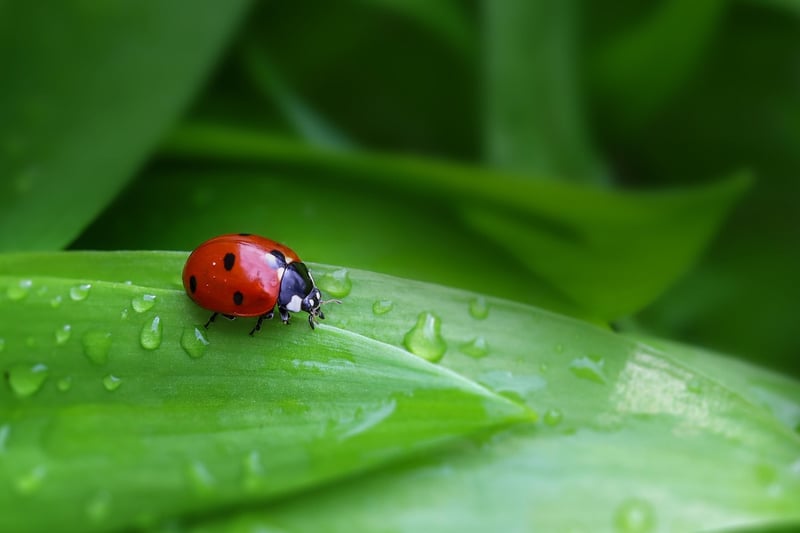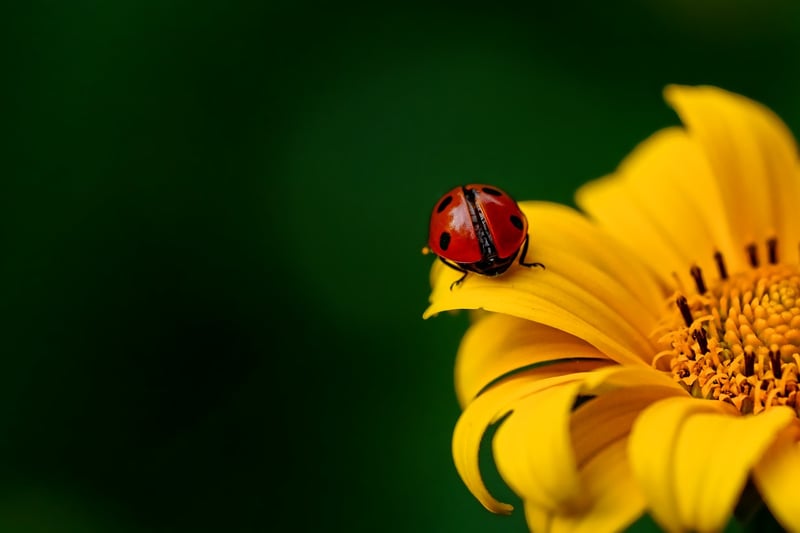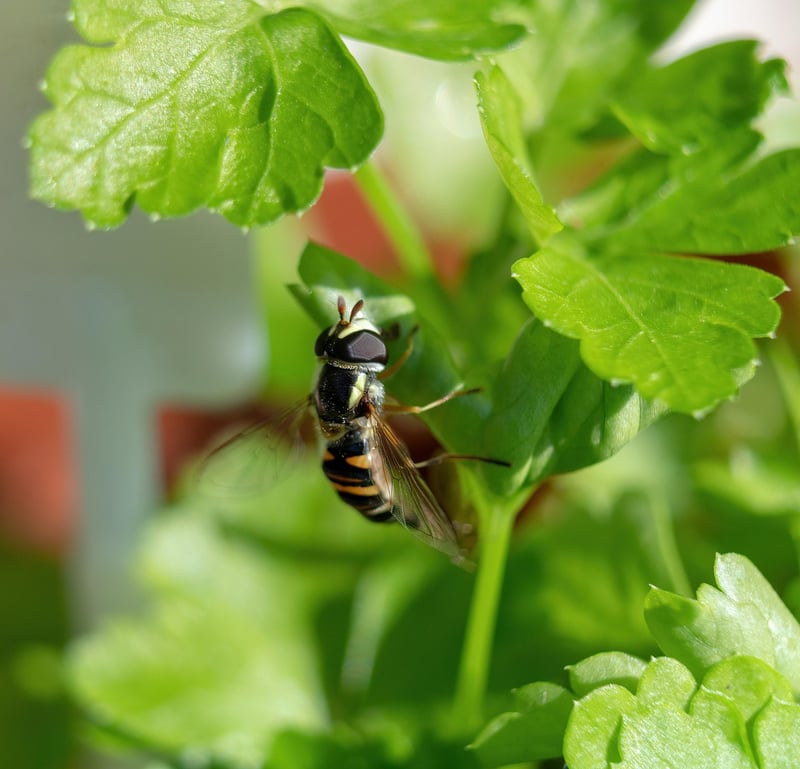Beneficial Insects
Protecting Your Plants from Pests with Beneficial Insects

Keeping your plants healthy and thriving can sometimes be a challenge, especially when dealing with pesky pests. While pesticides can be effective, they can also harm beneficial insects and the environment. One natural and eco-friendly way to protect your plants is by using beneficial insects.
What are Beneficial Insects?
Beneficial insects are insects that prey on garden pests, helping to naturally control their populations. These insects can include ladybugs, lacewings, parasitic wasps, and predatory beetles. By attracting and releasing these beneficial insects into your garden, you can reduce the need for chemical pesticides.
Common Beneficial Insects and Their Benefits
- Ladybugs: Ladybugs feed on aphids, mealybugs, and other soft-bodied insects that can damage plants.
- Lacewings: Lacewing larvae are voracious predators of aphids, thrips, and mites.
- Parasitic Wasps: These tiny wasps lay their eggs inside pest insects, eventually killing them.
- Predatory Beetles: Beetles like the ladybird beetle prey on aphids, caterpillars, and beetle larvae.
Attracting Beneficial Insects to Your Garden
To attract beneficial insects to your garden, consider planting a variety of flowers that provide nectar and pollen for adult insects. Examples include marigolds, lavender, and dill. Additionally, avoid using broad-spectrum pesticides that can harm both harmful and beneficial insects.
Using Beneficial Insects for Pest Control
When using beneficial insects for pest control, it's essential to release them at the right time and under suitable conditions. Follow the instructions provided with the insects or seek guidance from a local gardening expert.
By incorporating beneficial insects into your pest management strategy, you can protect your plants from damage while promoting a healthy garden ecosystem.

